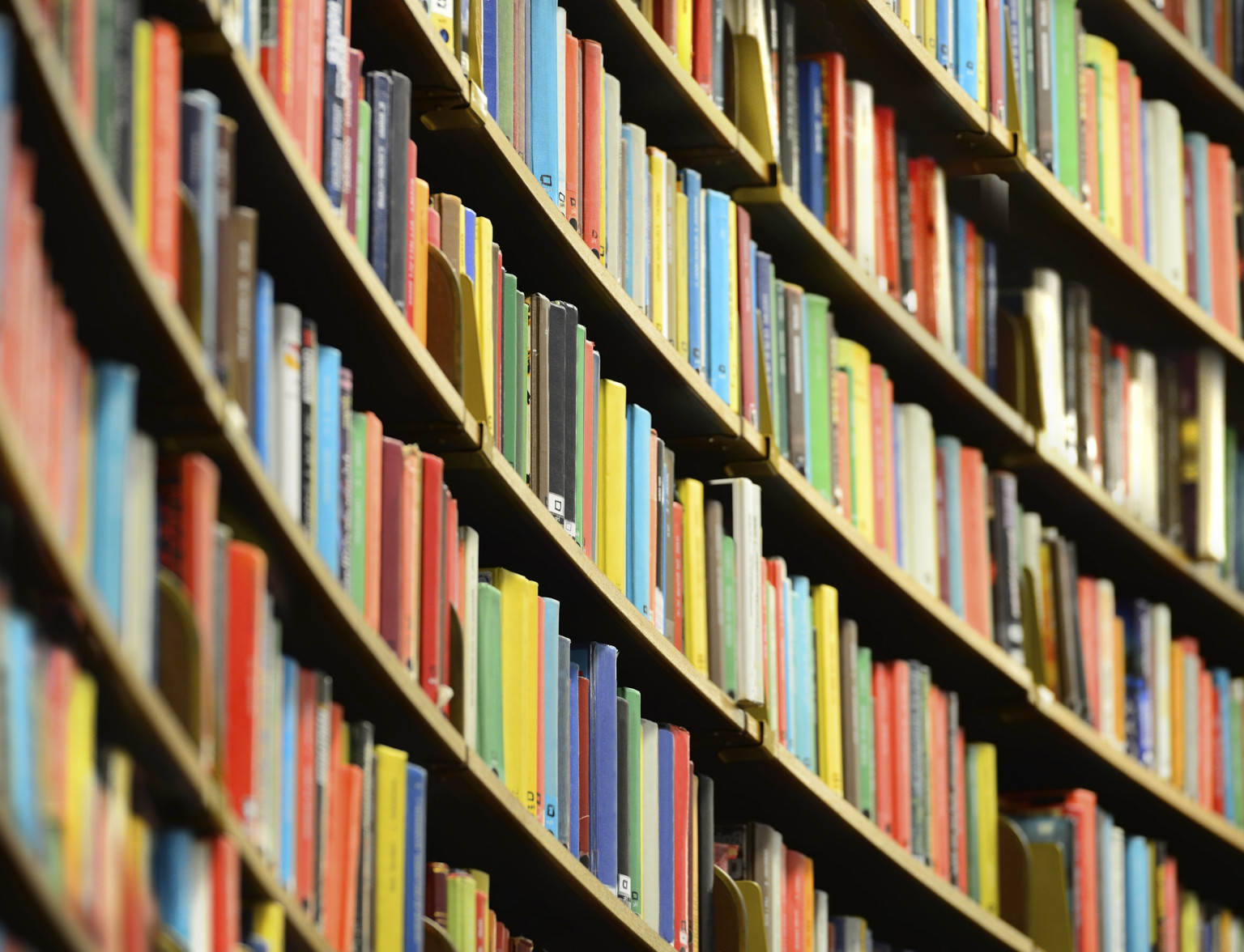LGBTQ+ representation in books is difficult to gauge. It’s difficult because, chances are, unless you’re intensely looking for books with representation, you won’t accidently stumble across them. Unless you’re looking, they are a distant concept. It’s difficult to find books with LGBTQ+ characters; when you do, they’re often side characters, there as a token, or abysmally written.
Where representation is found, it’s diluted. In 2015, there were 315 book with a gay character, 203 with a lesbian character and as you work through the acronym, the numbers only decrease. LGBTQ+ are the ghosts of literature; maybe they exist, but you probably haven’t seen them. Given the number of people that do fall under this category, and the estimated 500,000 new books published in the US and UK a year, the lack of representation in books is abysmal. However, between 2013—2014, there was a 59% increase in LGBTQ+ books. But that’s not hard to achieve when the numbers are so limited in the first place.
Undoubtedly, there are more LGBTQ+ books out there. They’re just not mainstream; often, they’re self-published. I doubt your local Waterstones is shelving them in the Best Sellers section, if at all. And the problem with this is people who need these books—these normalised characters—can’t find them. And no, calling Dumbledore gay outside of the books, or having one minor character as gay doesn’t count for LGBTQ+ representation.
With these numbers established, there’s very little breathing room to find a book that not only has LGBTQ+ representation, but is a good book. More often than not, LGBTQ+ books are the same carbon copy of each other. They explore only three things: romance, ‘coming out’, and sufferings. This is acceptable in small doses, but after a while you begin wondering: are these the only things LGBTQ+ people can do? Are they only allowed to suffer? I’m sure we’re all familiar by now with the killing of the gay characters trope. Personally, I’m tired of it.
Another issue is ‘queer baiting’. ‘Queer baiting’ is reeling a naïve audience in with almost a promise of a character they can relate to, only to backfire it. And yes, this happens. Look Both Ways by Alison Cherry is marketed to be a light hearted, romance between girls. It’s not. Light hearted? Yes. Sapphic? No. It draws in readers with this point only to turn out as heterosexual as possible. The Half Bad trilogy is also a prime example of this. From the first book, there’s an echo of possibility of a bisexual male protagonist. He’s also a witch. His sexuality is merely a side note; the way he happens to like nature, he also likes boys. It’s impartial to the plot, yet still there. But by the concluding novel, without spoilers, it falls into the trope of suffering for LGBTQ+ characters. It leaves LGBTQ+ readers feeling cheated. In the limited books with transgender characters, I am Jay and Luna being popular examples, many readers find themselves disappointed with the portrayals.
With that said, they’re not all bad. Aristotle and Dante Discover the Secrets of the Universe is not only a light hearted, summer romance between two boys (with a sequel in the works), but also explores race and is written by a gay man. Both representation and the novel itself is incredible in this instance. In The Raven Cycle, Six of Crows, and The Fingersmith sexuality is subtle. It doesn’t need addressing, it doesn’t affect the plot in the slightest. It’s simply there as it is in life.
What I want—and many others—is book with LGBTQ+ characters that is not classed as ‘LGBTQ+ Literature’; I want books like The Hunger Games, Game of Thrones, or Harry Potter where protagonists just happen to be LGBTQ+ without it being a centralising plot piece. Subtly, just like the way Harry longs for Cho Chang in The Goblet of Fire, he could awkwardly stumble over his words for a boy. A protagonist, in the midst of an adventure or uncovering a murder could subtly and naturally mention being non-binary or asexual. No further comments have to be made. The mere fact that the character exists is usually enough for the reader.
That’s not to say that LGBTQ representation isn’t getting better. It is. It’s just happening very slowly. Waiting for the sudden cataclysm of progress is like being stuck behind a car driving 5 miles an hour along the motorway. Eventually, we’ll get there.
Paige Johnston
Image: nigra.org.uk

